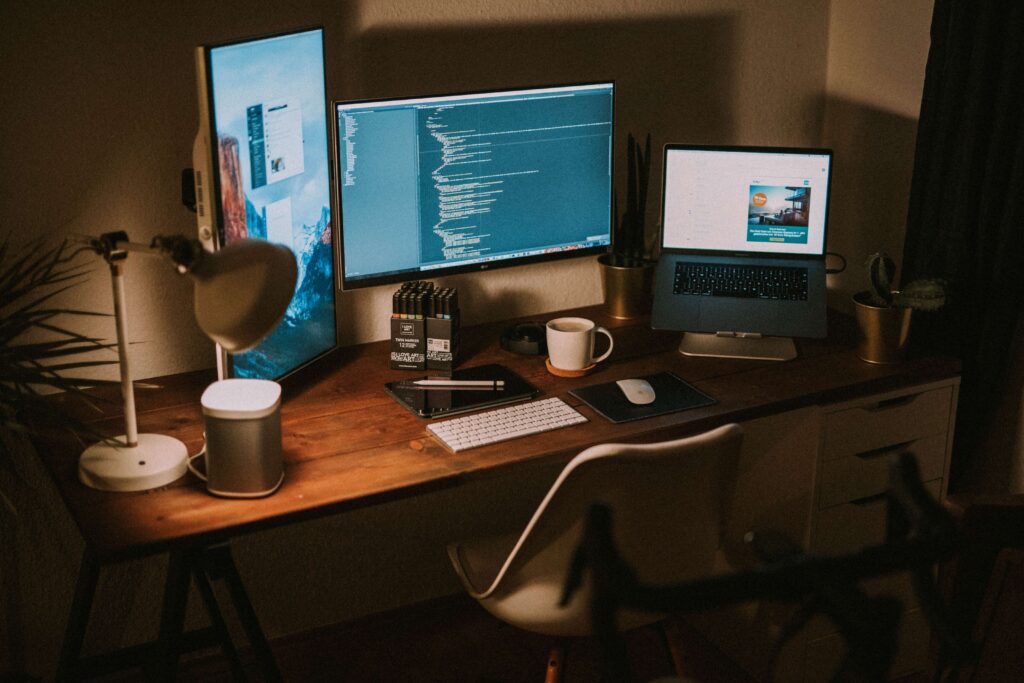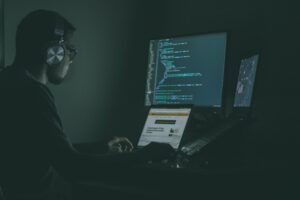Introduction: The Rise of Remote Work
In recent years, the world has witnessed a transformative shift in the realm of professional workspaces. Due to unprecedented circumstances brought about by global pandemic, remote work or working from home has morphed from a perk into a norm. This transition, while laden with numerous benefits such as flexibility and eliminated commute times, is not without its share of challenges. One of the key obstacles that many have grappled with is the plethora of distractions that accompany this newfound professional setting.
Many remote workers quickly find that the home environment, while comfortable, presents numerous distractions that were not prevalent in traditional office spaces. Recognizing these distractions, understanding their impact on productivity, and learning how to manage them effectively is paramount for maintaining work efficiency and mental well-being.
Identifying the Distractions at Home
Among the maze of tasks and responsibilities that arise when working from home, distractions abound. The range of distractions is broad and diverse, spanning from physical distractions such as household chores, children, pets, and television to digital distractions including emails, social media, and online news outlets. All of these distractions have the potential to compromise productivity and stifle progress in the work-from-home environment.
Physical Distractions
Physical distractions represent the tangible interruptions in your workspace. The temptation to tend to household chores, interruptions from children or pets, or the allure of the television can be particularly detrimental to productivity. The blurring of professional and personal boundaries make these distractions appear deceptively harmless, yet they can significantly hamper work efficiency. Understanding how these distractions impact your work, and finding strategies to manage them, is essential to achieving success in your remote work journey.
Digital Distractions
On the other hand, digital distractions are an inevitable part of the online work world. Whether it’s an onslaught of emails, the incessant pull of social media, or the bombardment of news alerts, these interruptions are just a click away and can easily consume a considerable amount of your workday. Navigating these distractions requires an intentional effort to create a digital environment conducive to productivity and focus.
Establishing a Productive Work Environment at Home
In tackling these distractions, the establishment of a conducive work environment is crucial. This involves more than merely designating a ‘work’ area. It extends to making conscious decisions about workspace ergonomics, noise control, and the limitation of potential distractions.

Workspace Setup
A dedicated workspace is not merely about staking a claim on a corner of your home. It involves setting up a space that promotes productivity, minimizes distractions, and helps you segregate your professional and personal life. This can be a home office, a quiet corner, or even a comfortable desk setup. A dedicated workspace also conditions your mind, signaling it to shift gears into ‘work mode’ whenever you’re in that particular area.
Noise Control
In addition to a dedicated workspace, noise control plays a pivotal role in your productivity. The ambience of your work environment greatly influences your ability to focus. Therefore, establishing a quiet, serene workspace is vital. This might involve using noise-cancelling headphones, investing in soundproofing, or creating a schedule that allows you to work during quieter hours of the day.
Adopting Strategies to Overcome Distractions
Dealing with distractions at home requires more than just an ergonomic workspace and noise control. It involves developing a range of strategies to manage your time, set boundaries, and leverage tools to aid your productivity.
Time Management Techniques
Strategies such as the Pomodoro Technique, which advocates for periods of focused work interspersed with short breaks, can be immensely beneficial. This method fosters a
balance between productivity and rest, allowing you to manage your energy levels effectively throughout the day. Such techniques encourage discipline and help you maintain focus amidst potential distractions.
Scheduling Breaks
In addition to time management, the strategic scheduling of breaks is critical. Regular breaks can rejuvenate your mind, bolstering your productivity and work quality. While it may seem counterintuitive, taking breaks can actually enhance your work performance, providing you with fresh perspectives and renewed energy.
Setting Boundaries
For remote workers, setting boundaries can often be a challenge. With no physical delineation between work and home, it’s easy to let one encroach on the other. Communicating your work hours to family members or roommates, and ensuring they respect your work time, is an essential step in setting these boundaries.
Leveraging Tools to Enhance Productivity
Beyond these strategies, various tools can aid in maintaining productivity. For instance, software like IdleBuster can alleviate the stress of time trackers, enabling you to focus on your tasks without worrying about maintaining an active work status. Such tools can provide a valuable support structure for managing the unique challenges of remote work.
Most Commonly Asked Questions
What are common distractions when working from home?
How can I minimize distractions in my home workspace?
Are there strategies for managing time and overcoming distractions at home?
Can software tools help me manage distractions when working from home?
How does a dedicated workspace improve productivity when working from home?
Why is noise control important when working remotely?
What are some effective time management techniques for remote work?
How important is scheduling breaks during remote work?
What’s the significance of setting boundaries during work-from-home hours?
How does IdleBuster assist in maintaining an active work status?
Conclusion: Embracing the New Normal of Working
Overcoming distractions when working from home isn’t a one-time endeavor. It is a continuous process that demands patience, effort, and a good dose of self-awareness. With the right strategies in place, you can navigate the common distractions that come with remote work, thereby enhancing your productivity and work experience. As we continue to embrace this ‘new normal’, cultivating these skills will not only foster professional growth but also contribute to a balanced and gratifying work-from-home life.





